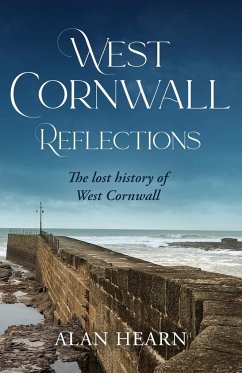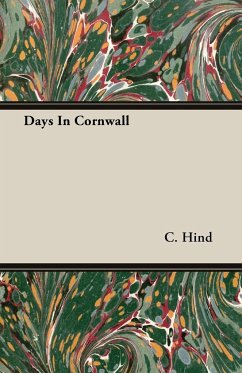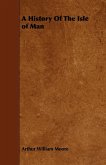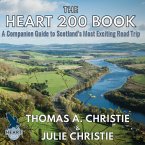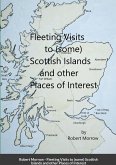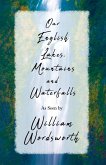West Cornwall Reflections tells the story of the places and people on the Land's End and Penwith Peninsula, and along the Mounts Bay coastline. As a starting point the book covers the authors revisit to a holiday farm on Tregonning Hill in West Cornwall fifty years on. On the extended hill ridge are the remains of Castle Pencair an ancient fortress, the remains of Celtic settlements and the farmhouse, which was once a lookout post during the Napoleonic Wars. Also on the hill is a marker celebrating the discovery of China Clay by William Cookworthy in 1746, and a sign for the preacher's pit, which retold the visits of the John and Charles Wesley to the area. The author, who now lives in nearby Marazion, used these discoveries on Tregonning Hill as a theme for the book. In developing the ancient sites maps were commissioned to show the fourteen other Promontory/Hill Forts within the area, together with ancient monuments that date from the Neolithic period through to the Iron Ages. Using materials from Dr William Borlase and other antiquarians the book considers this forgotten society that lived on the peninsula, trading tin and copper internationally. The book ties places with time and shows the movement of the population from the ancient sites to the towns, and the building of the parish churches, which were at their centers. This migration is narrated against the backdrop of the Roman Invasion, Saxon rule and the Norman Conquest. The discovery of how town and church names are linked to the Irish Missionary Saints that visited Cornwall in the fifth and sixth centuries, and how many of these missionaries were martyred near the shores they landed upon is explained. The books narrates the effect of the English Civil War on the country of Cornwall and how it divided established landowners such as the Godolphin and the St Aubyn families. The escape of the young Prince of Wales, from Cornwall who after being exiled on the continent, returned to be crowned King Charles II, and the rewards he subsequently bestowed on the Godolphin family. The contrast of the heavy mining industry of the eighteenth and nineteenth century and the beautiful landscape is highlighted, and the book brings to life why the area is both an Area of Outstanding National Beauty and a UNESCO world heritage site. In and amongst this are the visits of the Wesley brothers and the influence their ministry had on the people of Cornwall. The towns and natural features of Mounts Bay are detailed with fascinating facts of the people and features within each location. The decline of the mining industry and the migration of Cornish miners to other parts of the world is also reviewed, with a detailed account of one Cornish family from the Tregonning Hill area. In summary the book reflects on West Cornwall past and present, of those forgotten things that played such a major part of the development of the area. The craggy granite tors and the picturesque towns and places along the bay and the influence of the geology and landscape are a feature of the book.
Hinweis: Dieser Artikel kann nur an eine deutsche Lieferadresse ausgeliefert werden.
Hinweis: Dieser Artikel kann nur an eine deutsche Lieferadresse ausgeliefert werden.

